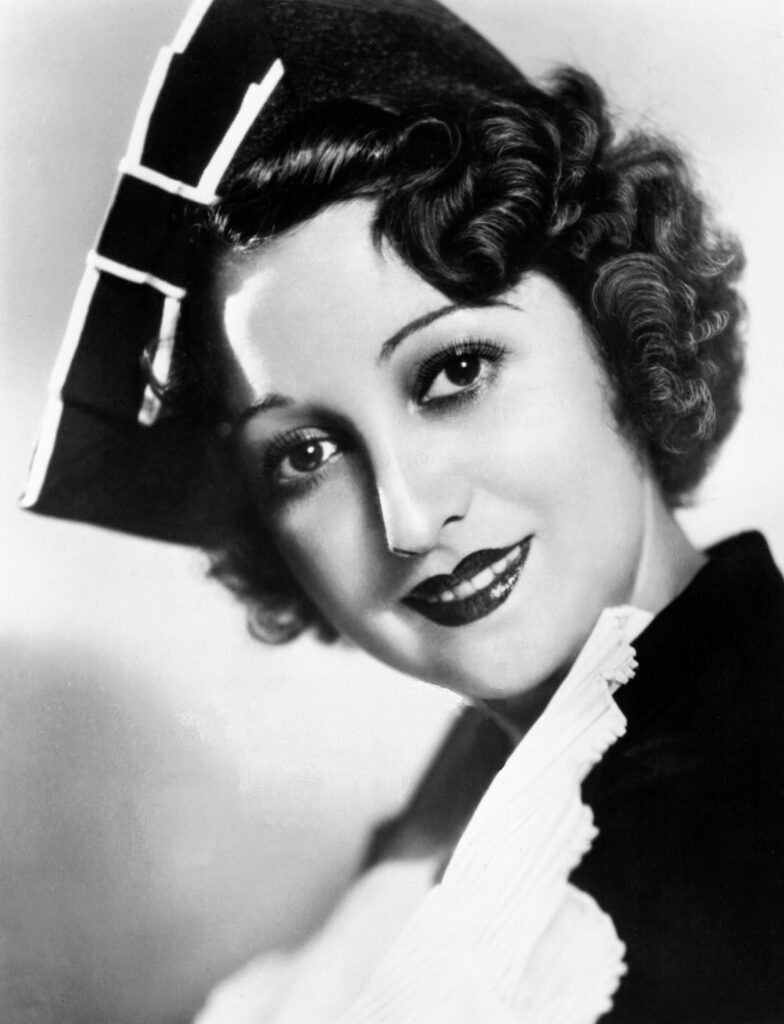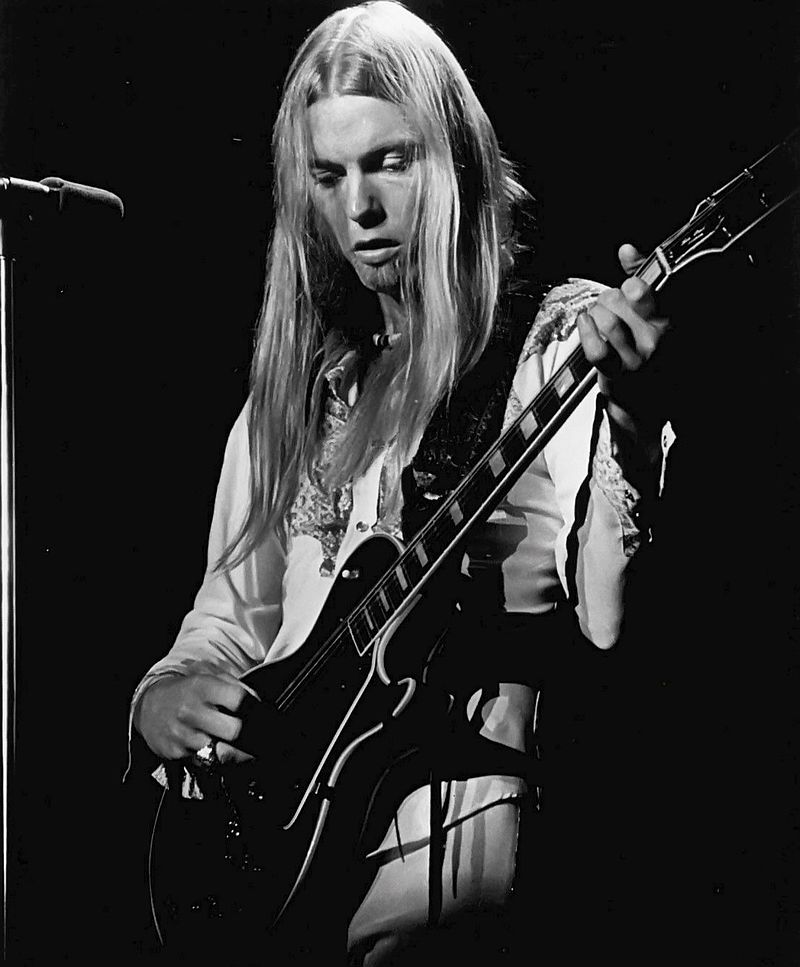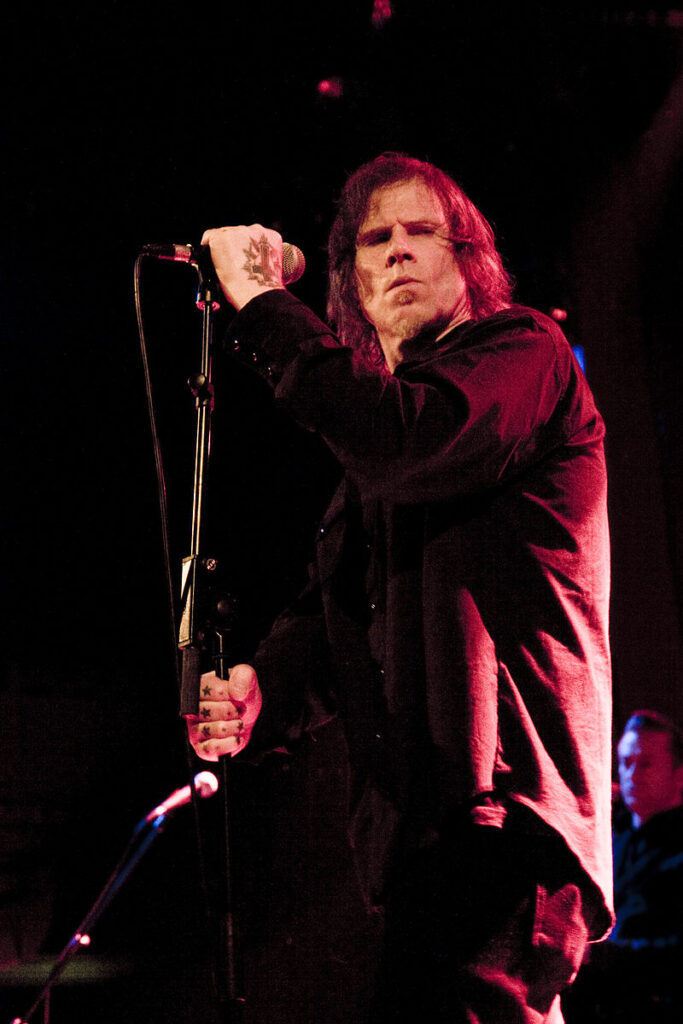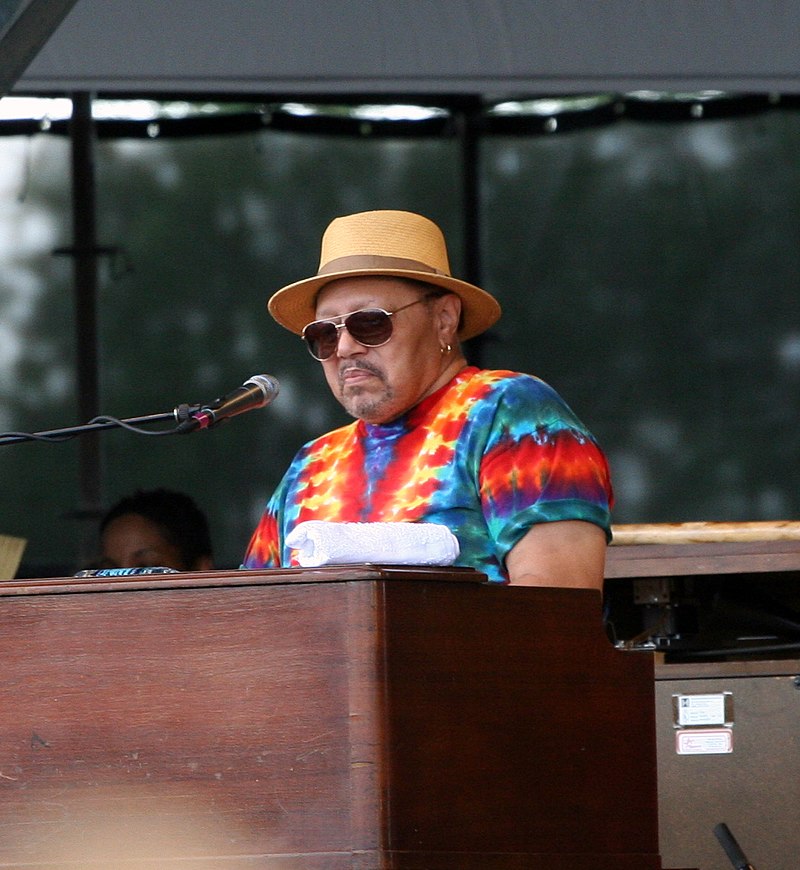Mary Livingstone Net Worth at Death
Mary Livingstone had an estimated net worth of $5 million at the time of her death, she inherited over $6.2 million from her husband Jack Benny. Livingstone accumulated her wealth from her career as an actress and a comedian.
Mary Livingstone Early Life
Mary Livingstone (June 25, 1905–June 30, 1983) was an American radio comedienne and actress. She was born Sadya Marcowitz, later known as Sadie Marks. She was comedian Jack Benny’s wife and radio partner.
She was hired on the spur of the moment to perform on her husband’s show, and she proved to be a gifted comedian. But she was also one of the few performers who experienced severe stage fright years after her career began, so much so that she retired from show business entirely after two decades in the spotlight, nearly three decades before her death, and at the height of her husband and partner’s fame.
Sadya Marcowitz was born in Seattle, Washington, but raised in Vancouver, British Columbia. David Marcowitz (or Markowitz) was a successful Jewish scrap metal dealer from Romania. Esther Wagner Marcowitz was her mother’s name. After Sadya was born, they changed their surname to Marks. Hilliard Marks, Livingstone’s brother, was a radio and television producer who primarily worked for his future brother-in-law, Jack Benny.
Livingstone first met her future husband, Jack Benny, at a Passover seder in her family home in Vancouver in 1922, when Benny was performing at the Orpheum Theatre. Benny went with his friend Zeppo (born Herbert) Marx.
The name Livingstone was anglicized from Marcovitz, not Marx. Despite their friendship, Livingstone was unrelated to the Marx Brothers.
Mary Livingstone Husband and Daughter
Sadie was 20 years old when she visited California with her family in 1925, while Jack Benny was in town for a show. Sadie went to the theater to reintroduce herself to the comedian, who she still had a crush on. “Hello, Mr. Benny, I’m…” she said as he approached her in a hallway.
But he cut her off with a curt “hello” and continued down the hall without pausing; she learned much later that it was nearly impossible to get Benny’s attention when he was deep in thought about his work.
They reconnected a year later, while she was working as a lingerie salesgirl at a May Company department store in downtown Los Angeles – and the couple began dating.
Benny brought Sadie along for company on a double date with a friend who had married Sadie’s sister, Babe. The couple finally clicked this time: Jack was smitten with Sadie and asked her out on another date.
She initially declined him because she was seeing another young man, but Benny persisted. He paid her almost daily visits at the May Company and was said to buy so much ladies’ hosiery from her that he helped her set a sales record; he also called her several times a day while on the road.
One week after proposing, Jack Benny married Mary Livingstone on January 14, 1927, at the Clayton Hotel in Waukegan, Illinois.
In 1934, Benny and Livingstone adopted a two-week-old girl named Joanie. Joan Benny revealed in Sunday Nights at Seven (1990), her father’s unfinished memoir that she completed with her own recollections, that she rarely felt close to her mother.
Mary Livingstone Career
Sadie appeared in some of Jack’s vaudeville performances but never considered herself a full-time performer, seeming relieved when he moved to radio in 1932.
Then came the day when he called her at home and asked her to hurry to the studio. An actress who had been hired to play a part in the evening’s show failed to appear, and instead of risking a search for a replacement, Benny thought his wife could handle the part: a character named Mary Livingstone, who was written as Benny’s biggest fan.
At first, it appeared to be a brief appearance; she appeared on that night’s and the following week’s shows before being written out of the scenario.
The character was revived as a regular feature on the Benny show after NBC received so much fan mail, and the reluctant Sadie Marks became a radio star in her own right.
Livingstone, too, evolved from a fan to a tart secretary-foil; the character occasionally went on dates with Benny’s character, but they were rarely implied to be romantically involved otherwise.
The lone known exceptions were a fantasy sequence used on both the radio and television versions of the show, as well as during an NBC musical tribute to Benny, in which Mary admitted to being “Mrs. Benny”.
For several years after, Livingstone’s “chiss sweeze sandwich” order in a lunch counter sketch was referred to (episode 333; October 27, 1946). “How could you possibly hit a car when it was up on the grease rack?” said another blunder. “How could you possibly hit a car when it was up on the grass reek?” she asked.
The following week, Benny devoted much of the show to poking fun at the tongue twister, chastising her for using the made-up phrase “grass reek”. Later in the show, the show’s guest, the real-life Beverly Hills police chief, was discussing a strange call the department received the night before: two skunks fighting on someone’s lawn. “And let me tell you, when they were done, that grass reek!” he exclaimed.
Mary then took great pleasure in forcing Jack to admit to millions of listeners that “grass reek” existed (“…Boy did that grease rack!”). “That’s “grass reek!”” “So make your decision!”).
It was also mentioned in a later episode when Mary notices a toy gas station and remarks that it “even has a grease rack” while Christmas shopping. This was a classic example of Benny and Livingstone’s (and the show’s writers’) ability to create comedy out of unscripted errors.
Mary’s trademark gag on the radio show, other than beleaguering Benny, was to read letters from her mother (who lived in Plainfield, New Jersey), usually beginning with “My darling daughter Mary…”.
The letters frequently included amusing stories about Mary’s (fictional) sister Babe, who was so masculine she played linebacker for the Green Bay Packers and worked in steel mills and coal mines, or their ne’er-do-well father, who always seemed to be a half-step ahead of the law. Mother Livingstone despised Benny and was always advising her daughter to leave his employ.
Despite her success, Livingstone’s stage fright became so severe by the time the Benny show was transitioning to television that she rarely appeared on the radio show in its final season, 1954-55.
Mary’s lines were read in rehearsals by Jack’s script secretary, Jeanette Eyman, while Livingstone’s prerecorded lines were played during live broadcasts.
Retirement
Livingstone made few appearances on the television version, mostly in filmed episodes, and retired from show business in 1958, following her close friend Gracie Allen.
“It ended up with every Sunday night being the most torturous day of the week,” Livingstone once said in her obituary in the Washington Post. “TV was even more difficult; every week was a nightmare. I eventually told Jack that I was going to quit or die.”
One of her final appearances was as a mouse spoof of herself in The Mouse That Jack Built, a 1959 Merrie Melodies cartoon parodying the radio show.
Her final appearance as Mary Livingstone was on Benny’s “20th Anniversary Special” in 1970. When Benny introduced her to the audience, he mentioned that it was her first performance in fifteen years, and the pre-recorded segment alluded to her performance anxiety.
Mary Livingstone Cause of Death, Age at Death
After writing a biography of her husband, Livingstone – whose surname is frequently misspelled without the ‘e’, as with her star on the Hollywood Walk of Fame for her contribution to radio – died on June 30, 1983, five days after her 78th birthday, though several outlets reported her age as 77.
Mary died of heart disease.




